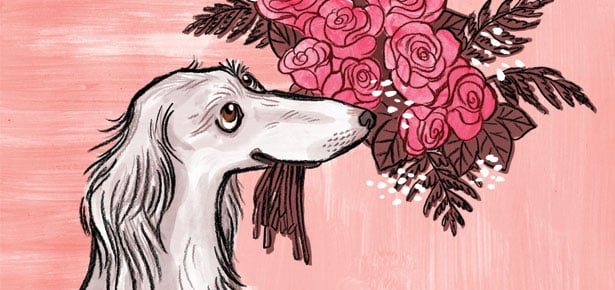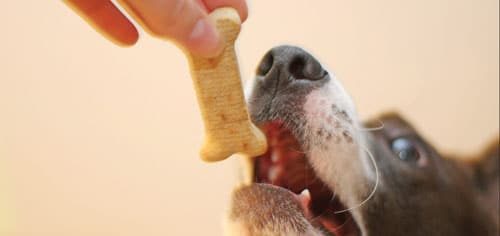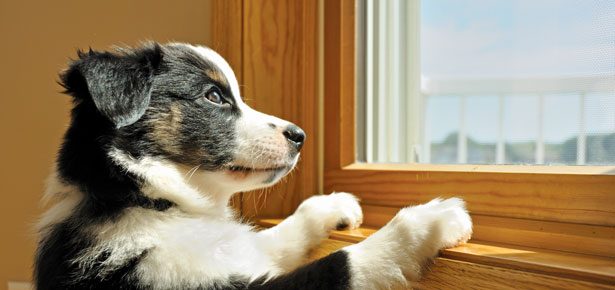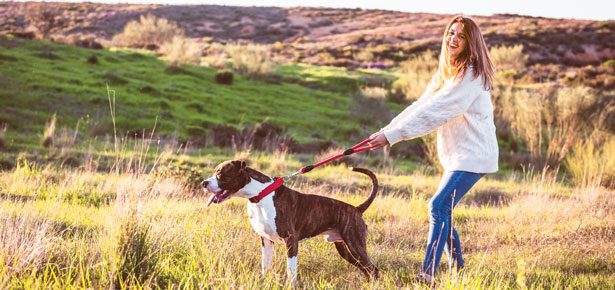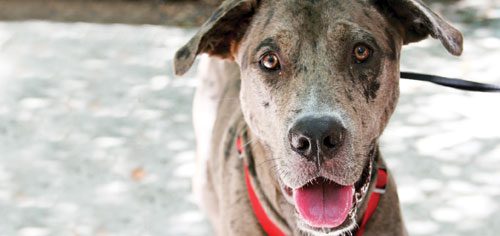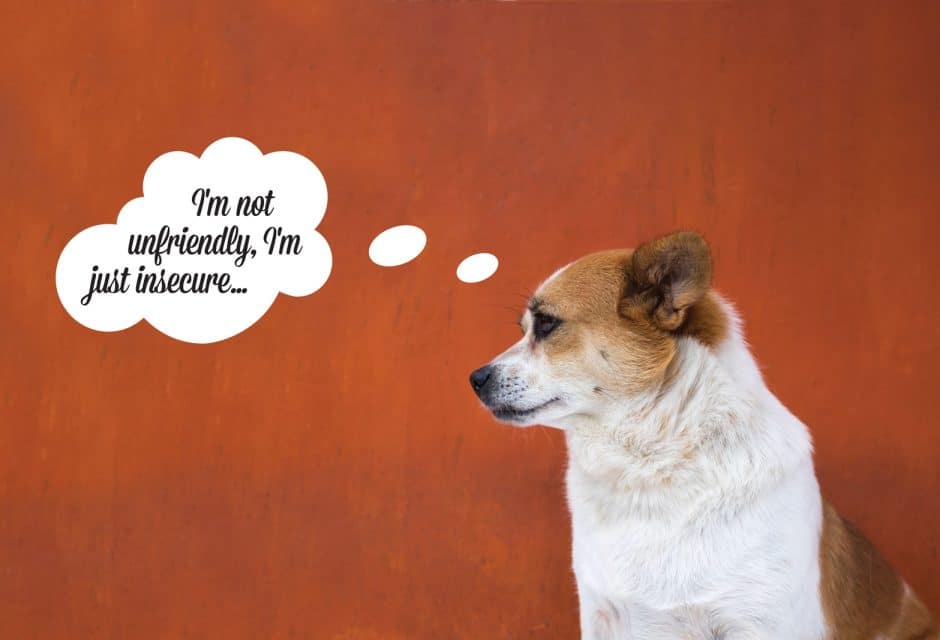

Building Canine Confidence
Is your dog insecure? Here’s how to tell if a lack of self-assurance is at the root of behavioural issues, as well as tips and tricks to boost your dog’s confidence
Like humans, dogs are born with a genetic blueprint that determines, in part, personality traits. Life experiences then contribute to the other half of the nature-nurture equation. While some dogs are genetically predisposed to being more confident, others are less so. An insecure dog might feel unsure when being introduced to novel situations or new locations, or when meeting strangers or unfamiliar dogs. He might seem less confident when separated from his owner or from the dog he lives with, or even be completely unwilling to explore new scenarios on his own. The good news is, even if your dog was born with a predisposition toward being less self-assured, there are a multitude of ways you can help to bolster his confidence.
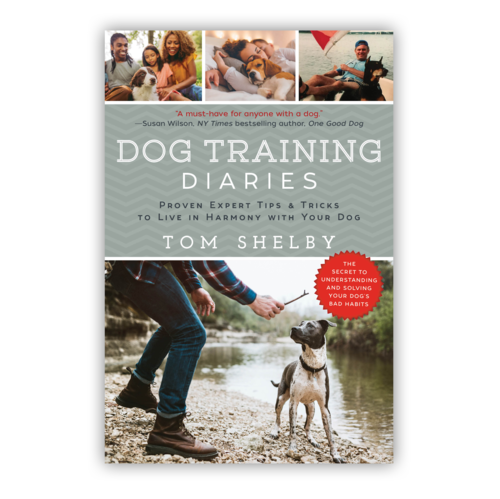 First and foremost, you’ll need to implement a training program. Training is important for any dog for obvious reasons, but for an insecure dog, acquiring and demonstrating skills is crucial because it teaches them what is expected and how to respond. Clicker training in particular is excellent for building confidence, as it teaches dogs to think for themselves and to offer appropriate behaviours, which are then rewarded.There are many good books and online resources from which to learn this fun and effective training method. Clicker training is also an excellent way to teach tricks—another confidence booster!
First and foremost, you’ll need to implement a training program. Training is important for any dog for obvious reasons, but for an insecure dog, acquiring and demonstrating skills is crucial because it teaches them what is expected and how to respond. Clicker training in particular is excellent for building confidence, as it teaches dogs to think for themselves and to offer appropriate behaviours, which are then rewarded.There are many good books and online resources from which to learn this fun and effective training method. Clicker training is also an excellent way to teach tricks—another confidence booster!
Another way to increase self-assurance is through canine sports. Dogs who are energetic, physically fit, and able to perform jumps and other feats of athleticism may enjoy competing in agility, or even taking a class just for fun. But any dog, even those who are older or not as physically able, can still participate in sports such as K9 Nosework, where they learn to sniff out various scents. Other sports to choose from, depending on your dog’s breed, age, and physical condition, include canine freestyle (dancing with dogs), barn hunt, lure coursing, herding, and rally obedience, just to name a few. All are mentally stimulating and are great ways to have fun together while building your dog’s confidence.
“For an insecure dog, acquiring and demonstrating skills is crucial because it teaches them what is expected and how to respond.”
Whether training or engaging in dog sports, always proceed at your dog’s pace. It’s no fun for anyone to learn when being pushed too hard too fast. Watch for signs of stress (such as panting or repetitive yawning), and if your dog is becoming overwhelmed, stop and do something fun instead. If you’re training, go back to a skill he already knows and enjoys performing, then build up to more difficult ones in small, incremental steps. In sports, if your dog doesn’t seem to take pleasure in a particular type, that’s okay; try another until you find one he enjoys.
If your dog’s insecurity flares when meeting new dogs or people, or going to new places, pair those experiences with something he likes. Let’s say he’s nervous around unfamiliar dogs. As soon as he sees one, feed a few treats rapidly one after another, and, if you’d like, add some happy talk. Once the other dog disappears, so do the treats and happy talk. This is basic classical conditioning, and it can be applied to encountering dogs, people, and new places. Again, take it slow and go at your dog’s pace. Socialization should be incremental as well. You might, for example, introduce your dog to another pup you know to be friendly and calm, and if all goes well, set up play dates. As your dog gets comfortable with his playmate, introduce him to others, gradually widening his circle of friends.
Helping your dog to become more confident is a matter of careful observation, setting your dog up for success, making activities fun, and always adjusting to your dog’s comfort level. Be patient and hang in there—it will be worth it because, in the end, a confident dog is a happier dog.
 Signs of Canine Insecurity:
Signs of Canine Insecurity:
- One or two ears slightly or fully laid back
- Tail partially or fully tucked, eyes averted
- Head or full body turned away
- Yawning
- Lip Licking
- Scratching
Image: Sonsedskaya/bigstock.com
Still worried about your dog's behavioural issues? Learn the most common behavioural problems for dogs and how to solve them.
Join the newsletter and never miss out on dog content again!
"*" indicates required fields
By clicking the arrow, you agree to our web Terms of Use and Privacy & Cookie Policy. Easy unsubscribe links are provided in every email.
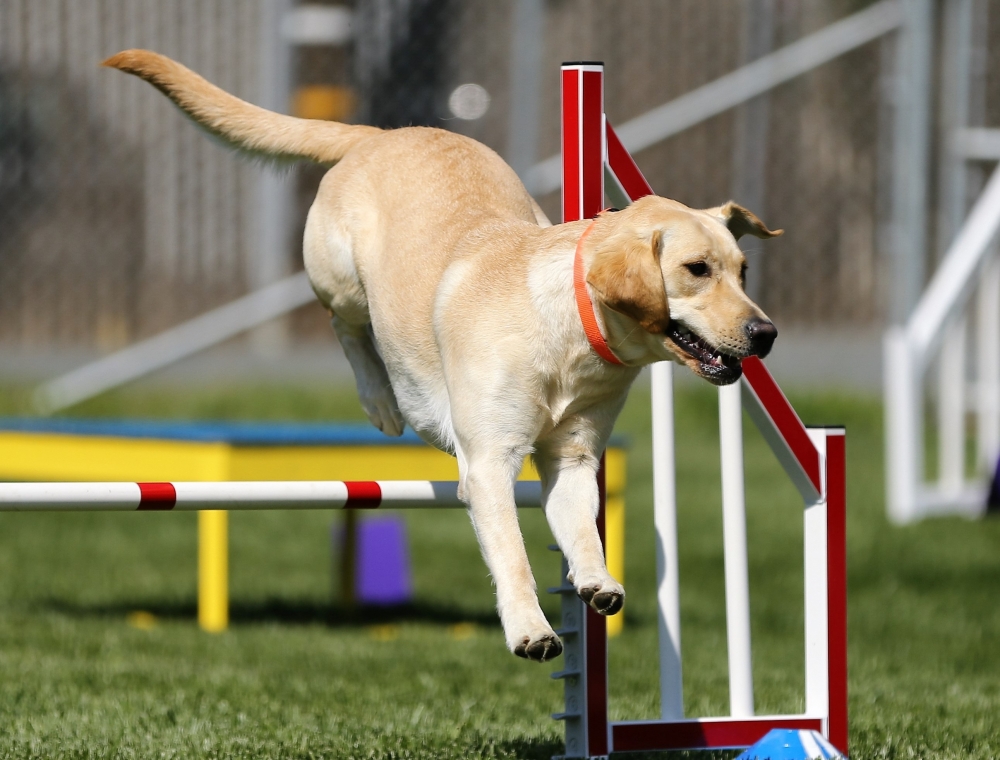
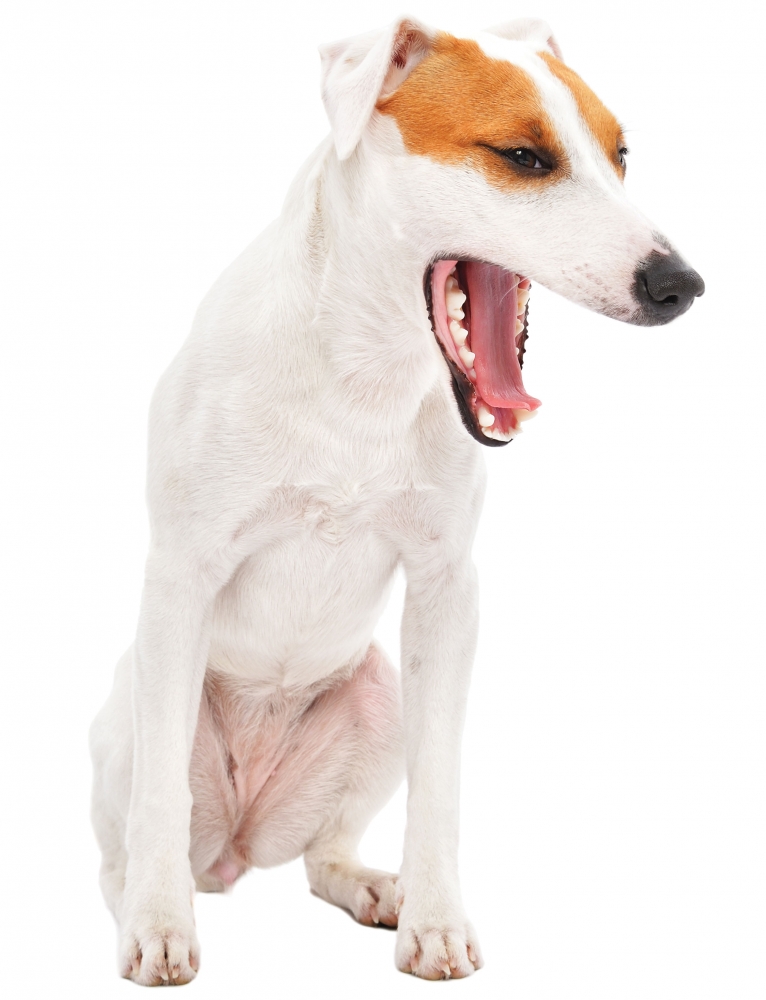 Signs of Canine Insecurity:
Signs of Canine Insecurity: